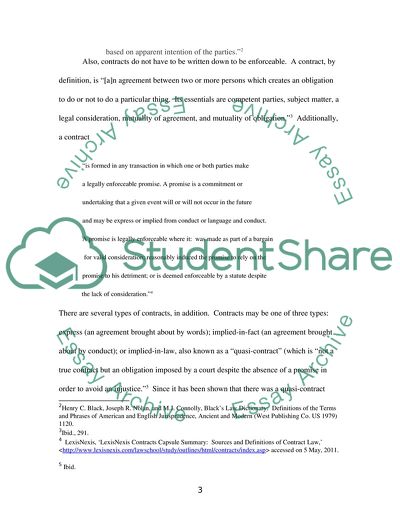Cite this document
(Intellectual Property Law: Difficulty with the Company Techno Web Case Study - 1, n.d.)
Intellectual Property Law: Difficulty with the Company Techno Web Case Study - 1. https://studentshare.org/law/1752391-intellectual-property-law
Intellectual Property Law: Difficulty with the Company Techno Web Case Study - 1. https://studentshare.org/law/1752391-intellectual-property-law
(Intellectual Property Law: Difficulty With the Company Techno Web Case Study - 1)
Intellectual Property Law: Difficulty With the Company Techno Web Case Study - 1. https://studentshare.org/law/1752391-intellectual-property-law.
Intellectual Property Law: Difficulty With the Company Techno Web Case Study - 1. https://studentshare.org/law/1752391-intellectual-property-law.
“Intellectual Property Law: Difficulty With the Company Techno Web Case Study - 1”. https://studentshare.org/law/1752391-intellectual-property-law.


